Introduction: Navigating the NFT Revolution
Non-Fungible Tokens (NFTs) have surged from niche tech novelty to a cornerstone of digital innovation, promising an expansive future where almost anything can be tokenized. These digital assets, unique and non-interchangeable, are more than just a new form of art; they represent a fundamental shift in how we perceive and manage ownership digitally.
The Expanding Realm of NFTs in the Digital Economy
The application of NFTs goes beyond artistic expression, embedding themselves deeply into the fabric of the digital economy. They offer novel ways to secure, validate, and monetize ownership. From virtual goods in games to items in the digital fashion industry, NFTs facilitate a vibrant ecosystem of trade and investment, all recorded on immutable ledgers. As businesses adapt to this new model, we may see a shift in how goods and services are bought, sold, and even conceptualized.
Example: NBA Top Shot – This platform allows fans to buy, sell, and trade officially licensed NBA collectible highlights as NFTs. These digital assets have not only created a new revenue stream for the NBA but also introduced sports memorabilia to the blockchain, engaging a community of sports fans in the digital economy.
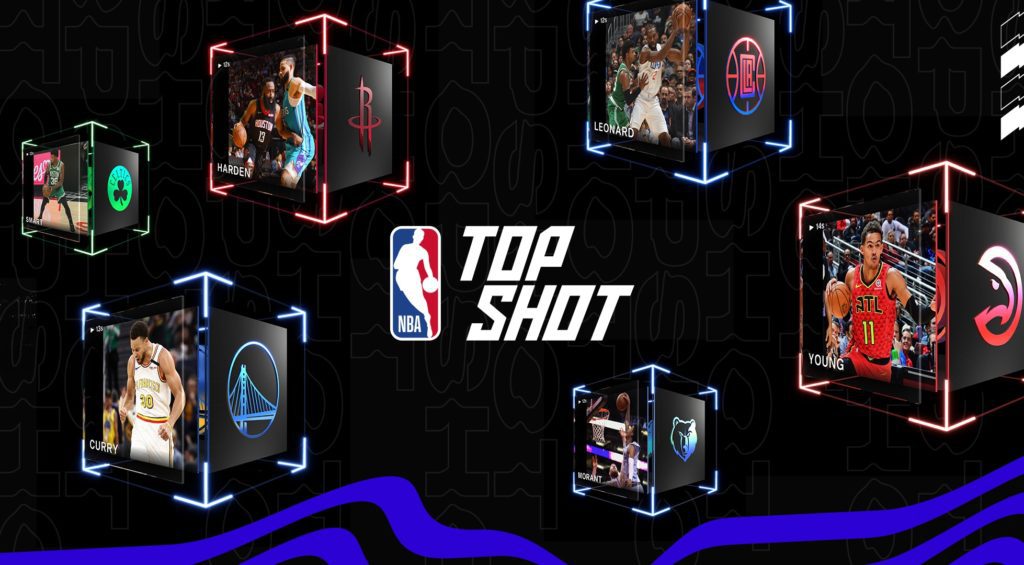
Transforming Art with Digital Brush Strokes
The art world has experienced a radical transformation thanks to NFTs. Artists now harness this technology to reach global audiences, secure royalties through smart contracts, and explore new artistic expressions in virtual reality settings. This paradigm shift not only democratizes art but also injects it with a new layer of interactivity and immersiveness. Additionally, the secondary market for NFT art allows collectors to resell pieces, potentially earning the original artists passive income through royalties, which could redefine artists’ relationships with their creations and supporters.
Beeple’s “Everydays: The First 5000 Days” – This digital artwork, a collage of 5000 daily images, sold at Christie’s for a record-breaking $69 million. This sale underscored the significant impact NFTs are having on the art world, providing artists with groundbreaking ways to monetize their work.
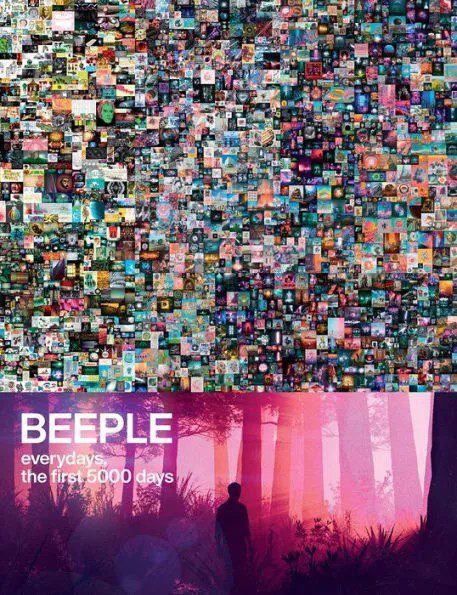
Virtual Real Estate: Building the Foundations of Digital Lands
In virtual worlds like Decentraland and The Sandbox, NFTs are not just assets but parcels of digital land. This burgeoning market of virtual real estate offers a playground for creativity and commerce, as users build, trade, and inhabit digital spaces, crafting expansive online communities. This aspect of NFTs could lead to new forms of digital urban planning and development, where users not only design but also govern their virtual environments, possibly mirroring or diverging wildly from real-world principles.
Decentraland – A virtual reality platform where users purchase plots of land as NFTs to create and monetize content and applications. Decentraland has hosted everything from virtual concerts to conferences, establishing a new model for digital experiences and real estate.
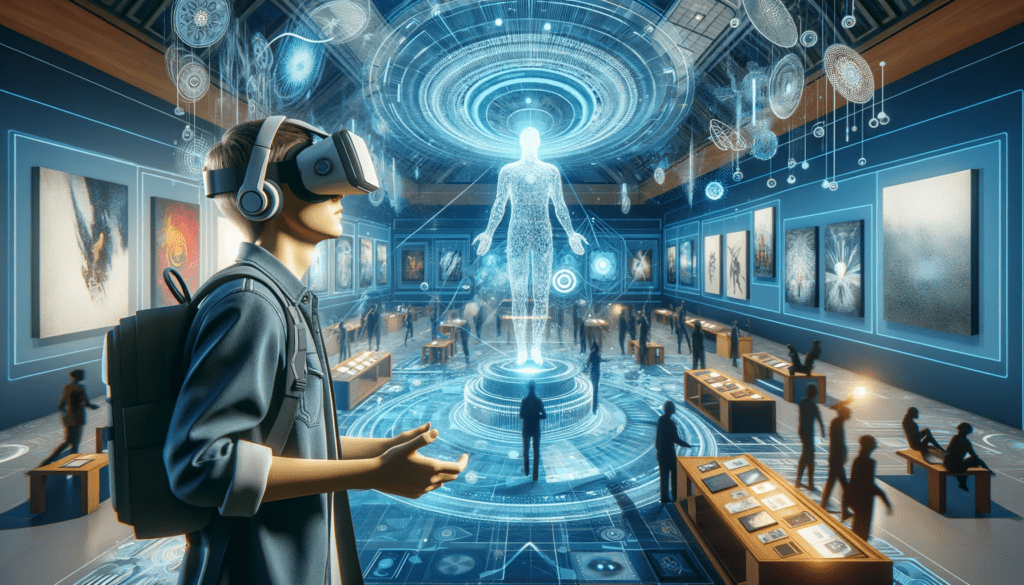
Leveling Up: The Intersection of Gaming and NFTs
The gaming industry is set to be revolutionized by NFTs. Players can now truly own in-game items—from weapons to costumes—and trade them as they see fit, introducing real-world economic concepts into virtual realms. This shift not only enhances the gaming experience but also empowers players to derive tangible value from their online adventures. Furthermore, it could lead to the development of entirely new economic systems within games, potentially impacting game design and player engagement profoundly.
Axie Infinity – A blockchain-based game that allows players to collect, breed, raise, battle, and trade token-based creatures known as Axies. These NFTs can be sold on various Ethereum NFT marketplaces, demonstrating how gaming assets can hold real-world value.
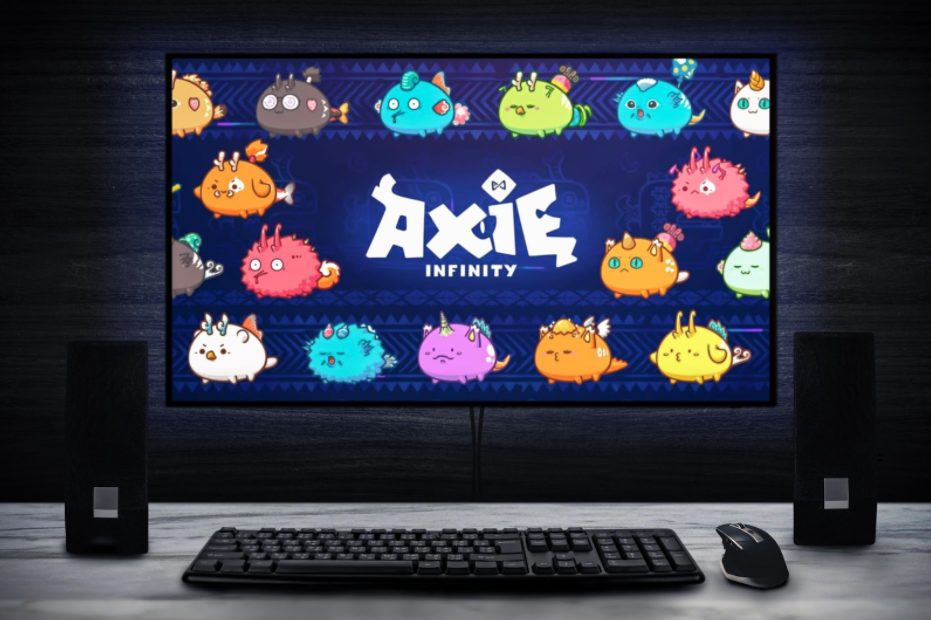
Fashion Forward: The Chic Side of NFTs
High fashion has entered the digital domain, with brands like Gucci leading the charge by linking NFTs with exclusive physical items. This convergence of digital and physical realms enhances authenticity and exclusivity, setting the stage for a new era of luxury goods consumption. The fusion of fashion with technology might also lead to innovations such as digital wardrobes for virtual identities, expanding the market for designer brands in the virtual space.

The Beat Goes On: NFTs in the Music Industry
Musicians are tapping into NFTs to change the tune of content distribution. By offering limited edition releases and unique fan experiences as NFTs, artists foster a closer connection with their audience, paving the way for innovative approaches to ownership and profit-sharing in the music industry. This could revolutionize music rights management and open up new revenue streams for artists, reducing their reliance on traditional media and distribution channels.
Kings of Leon’s “When You See Yourself” – This album was released as an NFT, offering special perks like limited edition vinyl and concert tickets, illustrating how musicians can utilize blockchain technology to offer unique, collectible merchandise alongside traditional media.
Empowering Communities: DAOs and NFT Governance
Decentralized Autonomous Organizations (DAOs) play a critical role in the NFT ecosystem, allowing communities to collectively make decisions about projects. This participatory governance model not only ensures transparency but also empowers users, fostering a sense of ownership and accountability in the digital space. DAOs could potentially redefine how artistic and other creative projects are funded, created, and distributed, making the process more democratic and community-oriented.
Flamingo DAO – A decentralized autonomous organization focused on NFT investments. This collective pools resources to invest in digital art and other NFTs, showcasing the power of community governance in decision-making and asset management within the NFT space.
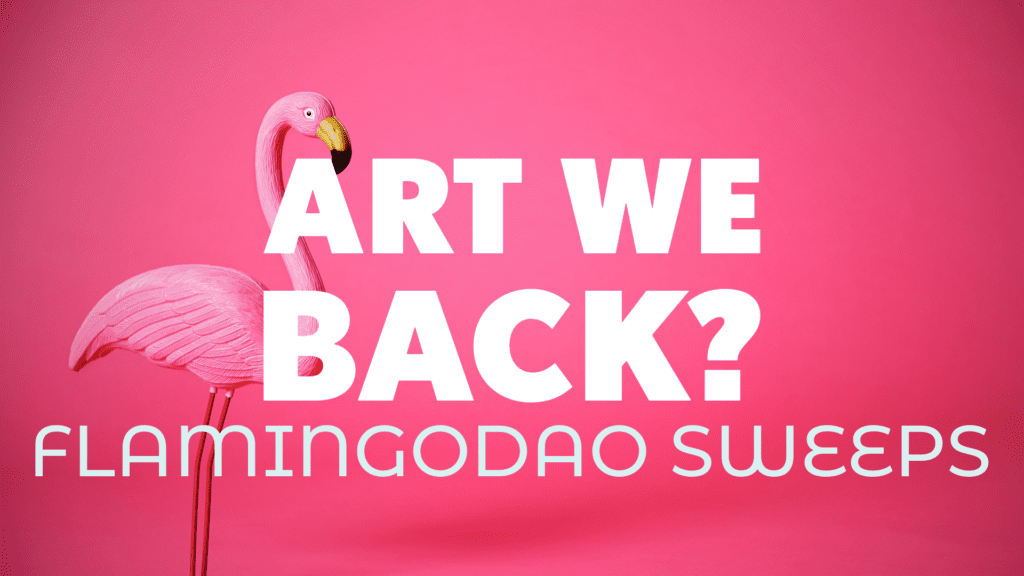
Beyond the Art: NFTs as Tools for Identity and Security
The utility of NFTs extends to digital identity verification, offering a secure and efficient method to manage and authenticate online identities. This application has significant implications for reducing fraud and streamlining digital interactions in our increasingly online world. It could also enhance user privacy by allowing individuals to control what personal data is shared and with whom, all managed through blockchain technology.
Microsoft’s ION – A layer 2 network built on Bitcoin that facilitates the creation of digital IDs. While not strictly an NFT application, it uses similar decentralized technology to manage digital identities, hinting at how NFTs could evolve to verify personal identity securely.
A Greener Future: Eco-Friendly NFTs
Amidst growing concerns about the environmental impact of blockchain technologies, the shift towards more sustainable practices, like proof of stake, promises a greener future for NFTs. This evolution is crucial as the community seeks to balance innovation with environmental responsibility. New blockchain networks are emerging that prioritize low energy consumption and carbon offset initiatives, aiming to mitigate the environmental concerns associated with earlier blockchain technologies.
Proof of Stake Blockchains like Tezos – Tezos uses a proof of stake consensus mechanism, which is more energy-efficient than proof of work systems used by platforms like Ethereum. Artists and creators are increasingly choosing Tezos for minting NFTs to reduce their environmental impact.

Conclusion: The Boundless Horizon of NFTs
The journey of NFTs is only beginning. With each technological advancement, new applications emerge, broadening our understanding of ownership and value in the digital age. As we continue to innovate, the influence of NFTs will expand, reshaping industries and enhancing how we connect and create in the digital world.
TLDR: NFTs are shaping up to revolutionize various industries, from art and real estate to gaming and music, with advancements focused on sustainability and community governance. As technology evolves, so too will the applications of NFTs, making digital interactions more valuable and meaningful.
Tags: #NFTs, #DigitalEconomy, #DigitalArt, #VirtualRealEstate, #BlockchainGaming, #FashionTech, #MusicIndustry, #DAO, #DigitalIdentity, #SustainableBlockchain
www.nftculture.com







